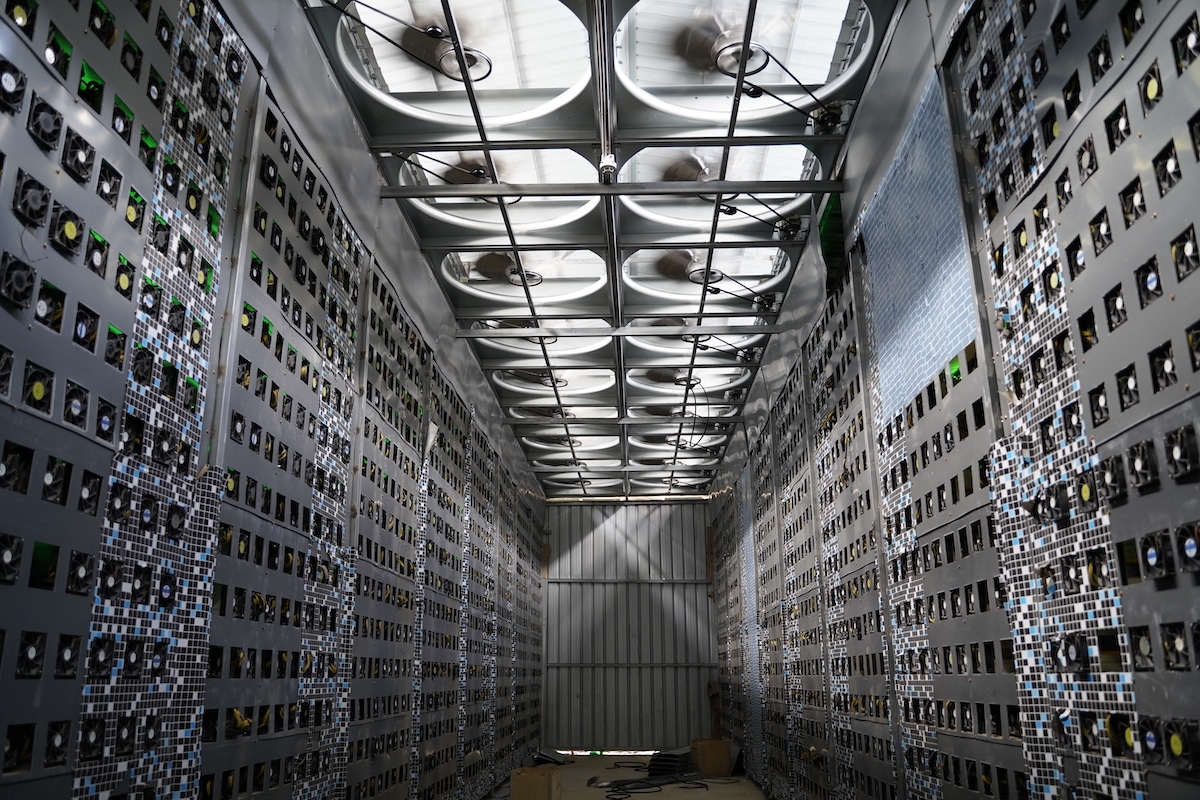Currently, more than a dozen publicly listed bitcoin mining companies voluntarily disclose their BTC productions and installed hashrate, among other metrics, on a monthly basis. Many also periodically provide updated guidance on their hashrate growth goal in the near future.
While these disclosures bring necessary transparency into an industry that was once much more opaque, it is also becoming more important to contextualize what the data means and entails about a company’s overall performance.
Just like a company’s monthly production and month-end BTC holdings shed light on its liquidation strategy, its monthly production and installed hashrate should also tell us how much hashrate is being realized.
That is what we call Realized Hashrate. We believe it provides a more accurate picture of a mining company’s hashrate during a month and offers additional color on how a company strategies its proprietary hashrate. By comparing a company’s realized hashrate against its installed hashrate, we get a better idea of how much of its available computing capacity is effective.
In bitcoin mining, what matters is not just one’s proprietary hashrate but also how it is in comparison to all the other competitors because the total rewards up for grabs in a month are predictable. In addition, as the market evolves, there are also more utilities of one’s proprietary hashrate besides self-mining. Companies can generate power sales or credits by choosing to shut down parts of the proprietary hashrate or simply market it as a cloud hashrate product to customers.
The share of one’s production over the total rewards in a month implies the real market share of one’s hashrate. Therefore, to calculate a company’s realized hashrate, we need to know:
- Its BTC and BTC equivalent production during a month
- The Bitcoin network’s average hashrate, and
- The Bitcoin network’s total block rewards in the month, including subsidies and transaction fees
The simple equation is: Realized Hashrate = 1 * 2 / 3
For instance, bitcoin’s 31-day average hashrate in August was 210.6 EH/s. The total rewards were 29,863 BTC, including block subsidies and transaction fees.
Hence, every 1 EH/s of installed hashrate should have produced 141.8 BTC in August on average, if it had a 100% uptime.
The hashrate realization metric, measured by percentage, sheds light on a mining operation’s reliability.
However, we believe it would make more sense to evaluate a company’s stability at a longer time horizon instead of just one or two months given that geography and seasonality could expectedly and unexpectedly affect a company’s operation.
For example, voluntary curtailment of mining capacities to instead sell power to the state grid in the summer was one reason that Riot, Core Scientific, and Mawson weren’t hashing at a higher percentage of their respective installed capacities.
Weather conditions aside, there are other factors that could result in a low hashrate realization.
For instance, Marathon had several months of low uptime starting from April this year because it decided to relocate from Montana to Texas.
Bit Digital had a lower uptime in May and June compared to other months because a substation of its hosting facility in New York was damaged by an explosion and subsequent fire incident.
The rule of thumb is that it is important to look out for what exactly the reason is that causes a low hashrate realization and whether that issue can be resolved promptly.


